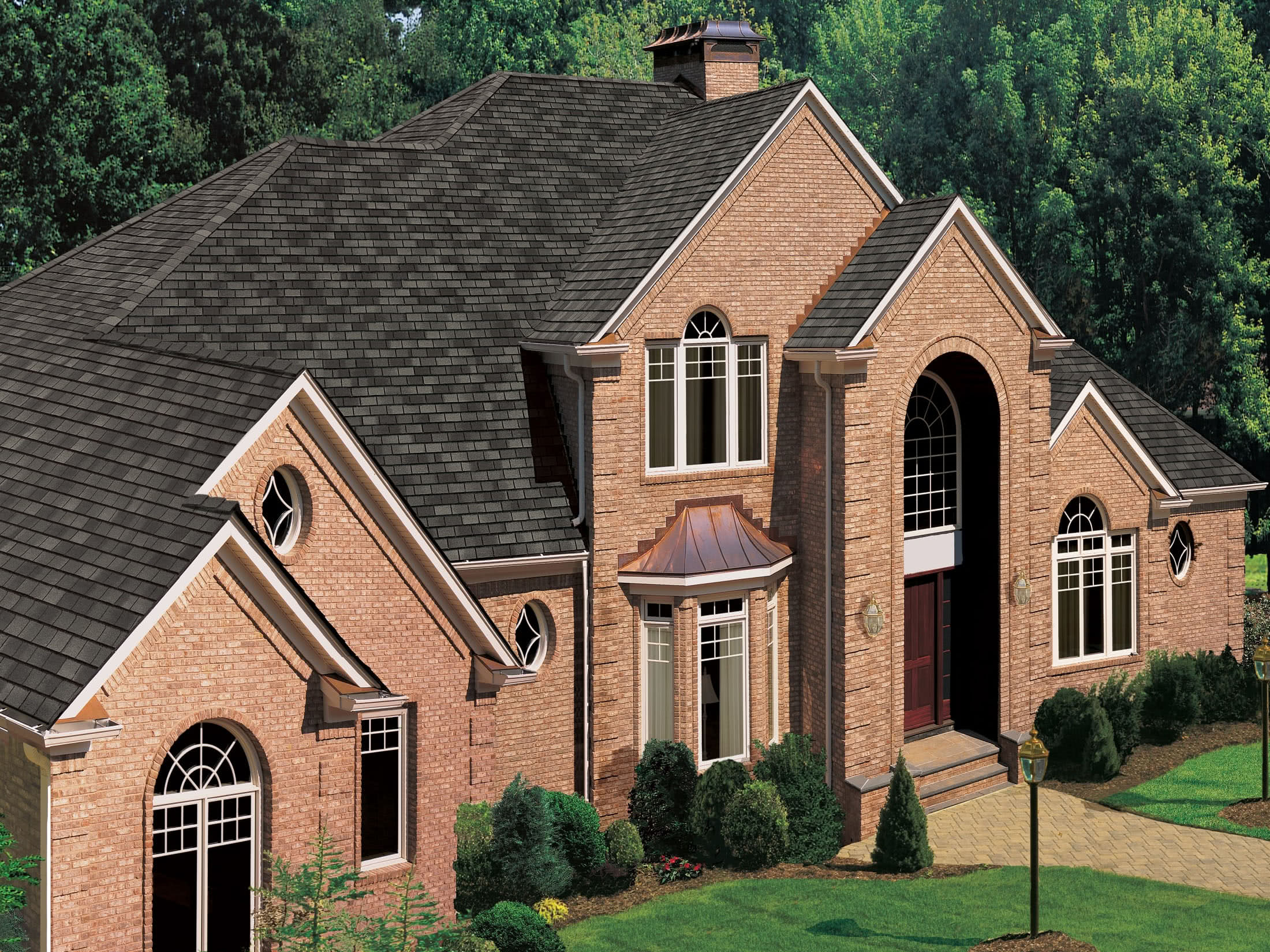Request Quote
Home | Our Blog | The Best Window Types to Enhance Your Home
Reviewed by Tomas Kalkys. President.
Qualifications: More than 20 years of experience in residential and commercial exterior remodeling.
Founding farther of Legacy Service.
Written by LegacyUSA Team
posted on Oct 14, 2019
Get Estimates From Roofing Pros
Windows tend to last about 20 years. When they’re nearing the two-decade mark, you should start thinking about replacing them. You may not realize it at first, but there are many considerations when it comes to installing or replacing windows. You’ll need to consider energy efficiency, frame materials, and glazing options, but before you even begin that, you’ll have to determine the basic type of windows you want for your home.
Not a real zip code.
If you’ve been wondering, “What type of windows should I buy?” then continue reading this blog. We’re going to highlight the different types of windows as well as the materials you can choose from to help you make the best possible decision. Courtesy of our team at Legacy Service, here are the best types of windows for houses:

Windows are a fantastic way to spruce up your home’s exterior while increasing your energy efficiency. Many homes feature more than one style, but designers believe that mixing too many different ones can create a disjointed look. So, when you’re looking for a single window, it’s best to stick with the same style, but when you’re replacing a higher amount, you have more freedom to start over and choose different types. Take a look at some of the more popular types to determine which ones you like. Here are some of the best-rated window styles:

You probably already have at least one double-hung window in your home, since it’s the most common type in America due to its functionality.
Construction: These windows have two large sashes that use vertical tracks to move up and down. In modern versions, the sashes are typically counterbalanced by springs that are hidden in the side tracks.
Pros:
Cons:
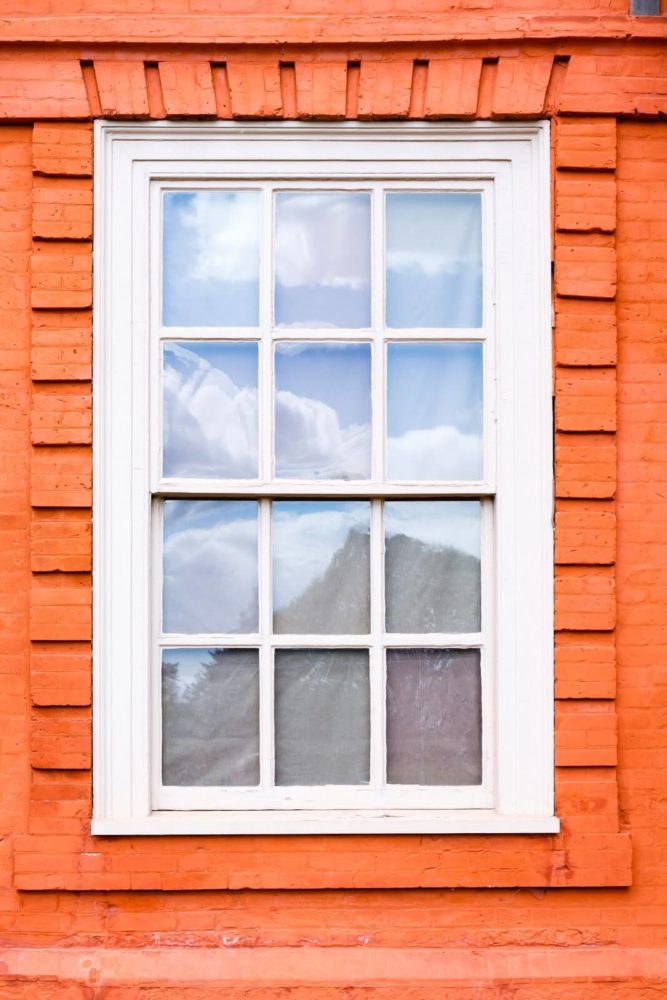
This is a variation of the common double-hung window.
Construction: The larger sashes are divided into smaller panes using a grid of vertical and horizontal muntins. In older windows, the muntins hold the smaller glass panels while more modern versions use wood or plastic over a larger pane to create the effect.
Not a real zip code.
Pros:
Cons:
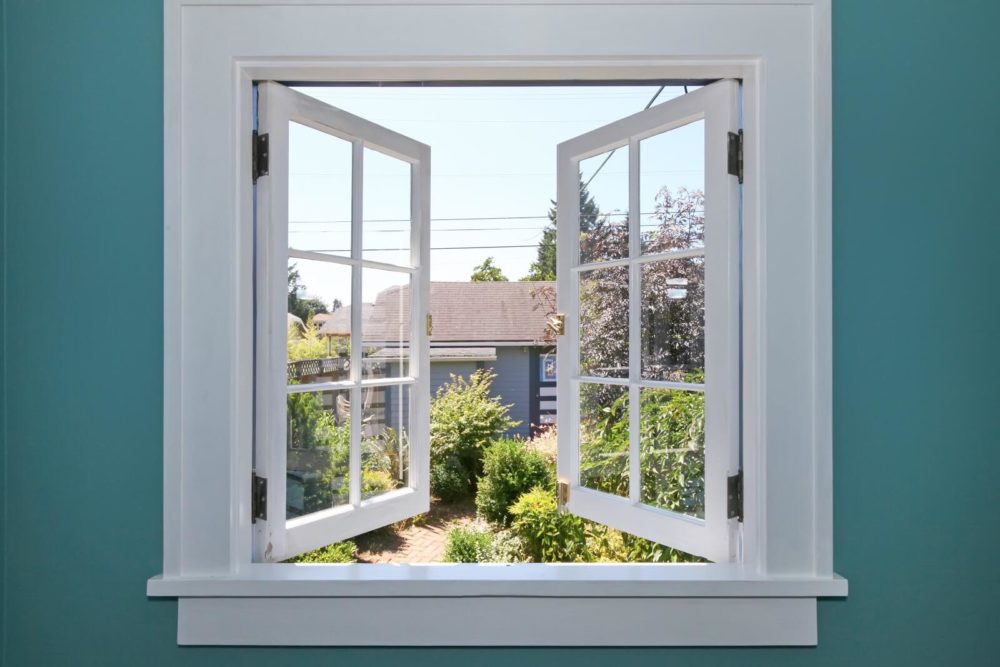
Casement windows are ones that open outward or inward from the side.
Construction: They open horizontally on hinges that are mounted on one side of the top and bottom. While one side pivots open, the other one remains stationary. These common windows are only second in popularity to double-hung.
Pros:
Cons:
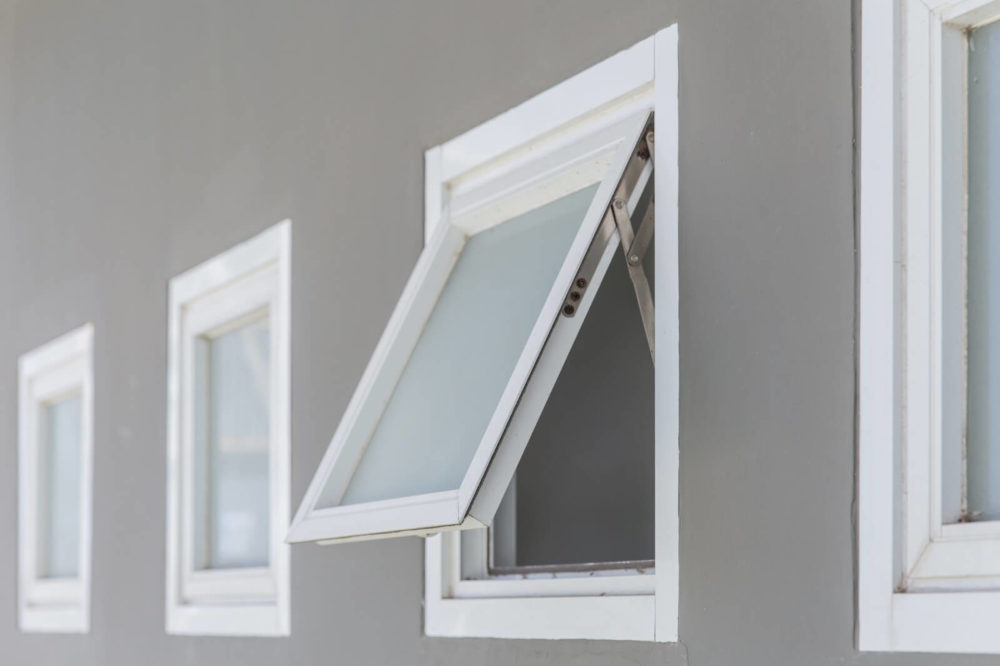
These types of windows operate in the same way as casement, but they crank open from the bottom instead of the side.
Construction: Mechanical cranks open and close awning windows from the bottom while the top edge is fixed in place. They’re most-often used in basements or below-grade applications.
Pros:
Cons:
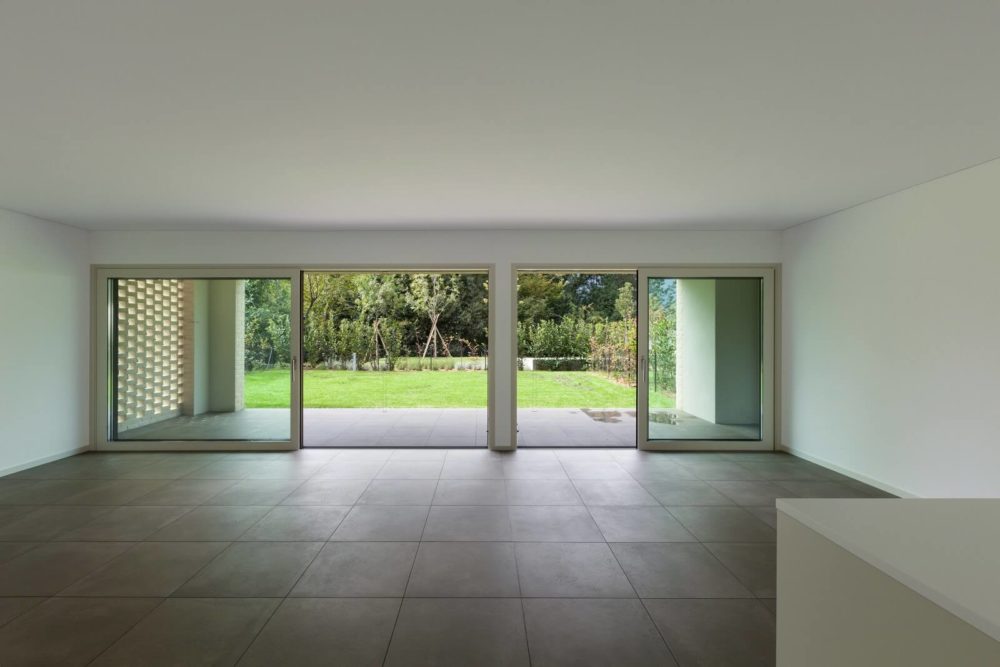
These windows were popular in construction during the 1950s and 60s.
Construction: Mechanically simple, they consist of two or three panels that slide horizontally along tracks on the top and bottom. In some styles, both windows slide, and in others, one is fixed while the other slides.
Pros:
Cons:
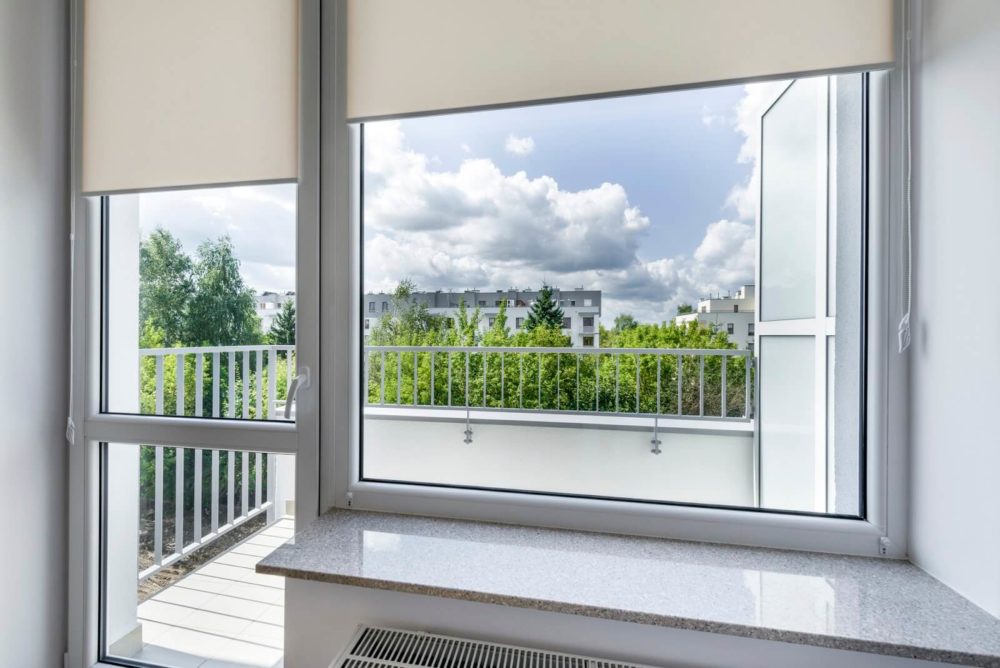
These types of windows are used to provide light or a view rather than ventilation or egress.
Construction: This can be any type of window that doesn’t open or close because it’s a glass pane that’s fixed within a window frame. A classic picture window is the most common example, but there are other types as well.
Not a real zip code.
Pros:
Cons:

Commonly seen on cabins or vacation houses, skylights and roof windows provide light as well as views for the people inside.
Construction: The terms can be used interchangeably, but typically a roof window can be opened and closed while a skylight remains fixed.
Pros:
Cons:

This type of window is often used as a centerpiece large family rooms, living rooms, or parlors. They usually look out onto an attractive view or a landscaped setting.
Construction: A bay or bow window is a combination of windows that extend out from the wall of the home. They’re called bay when the shape is more square while they’re called bow when it’s more curved.
Pros:
Cons:
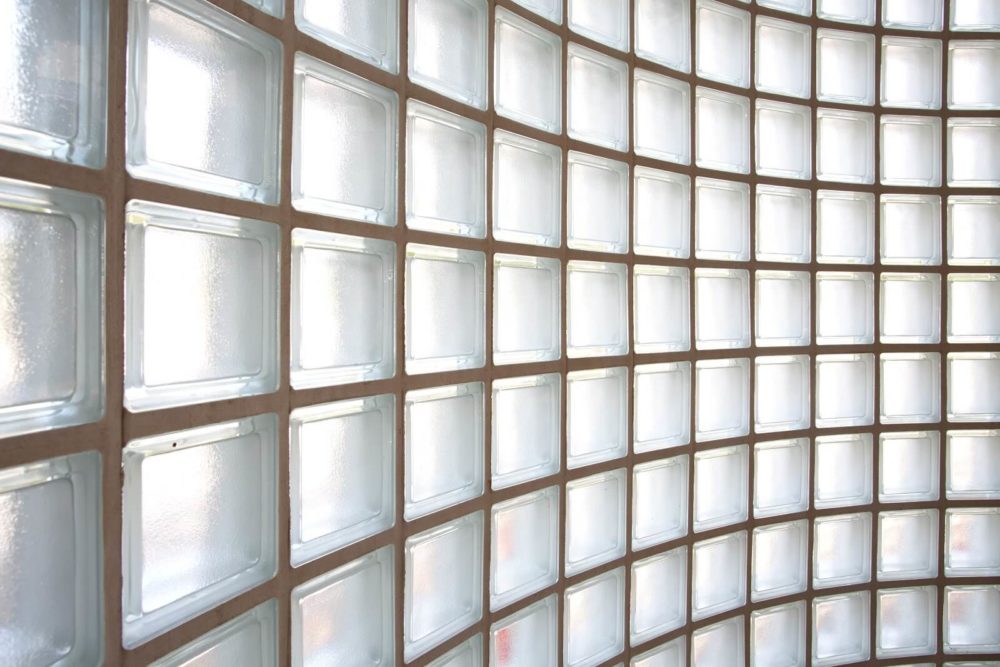
This type of window is typically used in spaces like bathrooms and basements where you want to add light but limit visibility.
Construction: This type of fixed window is made with semi-opaque glass blocks that allow light to pass through while still blocking views from the inside and the outside.
Pros:
Cons:
Once you choose the style of your window, the next step is to choose the material for the frame. Here are four of the most common ones:
Although there’s not really a “best type” of window overall, there can be the best type for your particular needs. Use the information above to get a better idea of what you need for your home. To schedule a window replacement consultation, contact our Legacy Service team today at 215-798-9790.
Posted on Oct 14, 2019 in Roof
Read our news
HOW LONG SHOULD A ROOF LAST? ELEMENTS
A lot of elements play a role in maintaining the integrity of the roof, but as a homeowner, the most important components to pay attention to are the underlayment, ventilation, and material.
DIFFERENT TYPES - DIFFERENT LIVES
Choosing the best roofing material for your home is the first important step in ensuring that you have the highest quality roof possible.
METAL ROOF VS ASPHALT SHINGLE ROOFING
Two of the most popular roofing materials on the market are metal and asphalt, and both offer different pros and cons to a customer.
Pros and cons of Asphalt Shingle Roofing
Replacing a roof is an expensive decision, and cannot only come down to cost.


